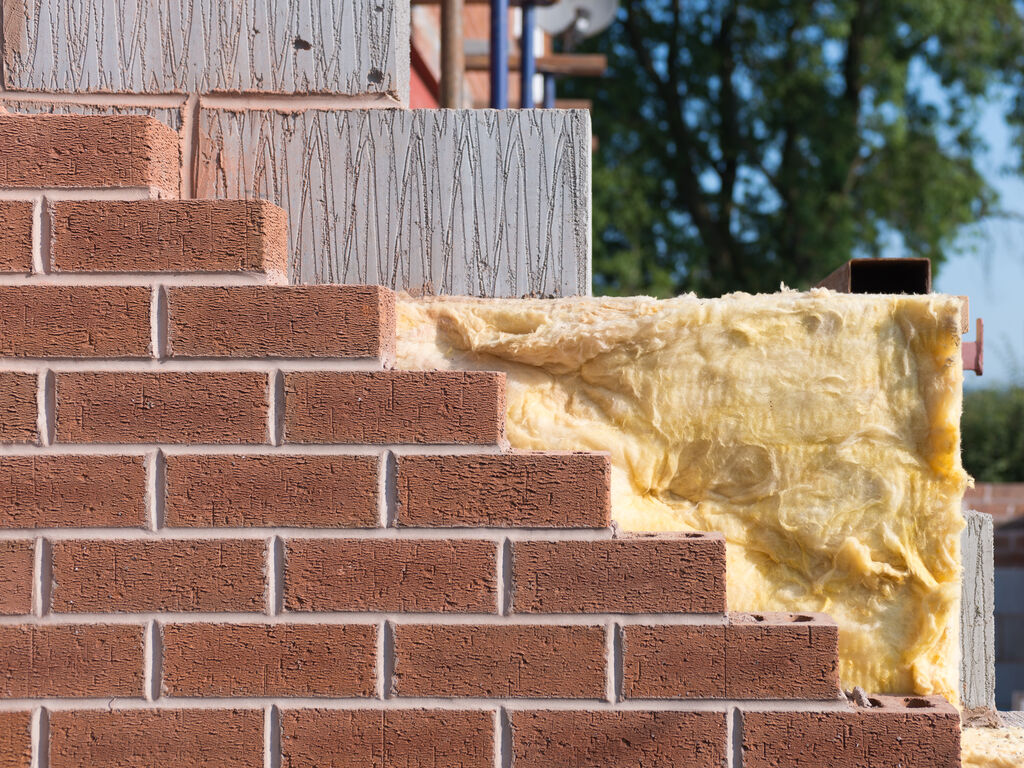Exploring the Diverse Materials Shaping Modernism
Modernism, as an artistic and architectural movement, has greatly influenced various industries, including design, construction, and manufacturing. One of the key aspects that define modernism is the innovative use of materials. In this blog post, we will delve into the fascinating world of materials used in modernism, exploring their characteristics, applications, and impact on contemporary design.
- Concrete: The Foundation of Modernism
Concrete is a quintessential material in modernist architecture. Its versatility, durability, and ability to be molded into various shapes make it a favorite among architects and designers. From iconic structures like the Sydney Opera House to residential buildings, concrete has revolutionized the way we construct and design spaces. - Steel: The Backbone of Modern Structures
Steel, with its strength and flexibility, plays a vital role in modernist construction. Its use in skyscrapers, bridges, and industrial buildings showcases the aesthetic and structural possibilities it offers. Steel's ability to withstand immense loads and its sleek appearance have made it an essential material in modernist design. - Glass: Transparency and Light
Modernism embraces transparency and natural light, and glass fulfills these requirements perfectly. Large glass windows, curtain walls, and glass facades create a seamless connection between indoor and outdoor spaces. Glass not only provides visual transparency but also allows for energy efficiency and sustainability in modernist buildings. - Plywood: Versatile and Sustainable
Plywood, a layered wood product, has gained popularity in modernist furniture and interior design. Its strength, flexibility, and affordability make it an ideal material for creating innovative and functional pieces. Plywood's sustainability and eco-friendly nature align with the principles of modernism, making it a preferred choice for designers. - Plastics: The Advent of Synthetic Materials
The emergence of synthetic materials, such as plastics, has significantly impacted modernism. Plastics offer endless possibilities in terms of form, color, and texture. They have revolutionized product design, allowing for mass production and affordability. From furniture to lighting fixtures, plastics have become an integral part of modernist aesthetics. - Natural Materials: Balancing Tradition and Innovation
While modernism often embraces new materials, it also incorporates natural materials to maintain a connection with tradition and the environment. Materials like wood, stone, and natural fibers bring warmth, texture, and a sense of authenticity to modernist designs. The juxtaposition of natural and synthetic materials creates a harmonious balance in contemporary spaces.
Conclusion:
The materials used in modernism reflect the movement's core principles of innovation, functionality, and aesthetic appeal. Concrete, steel, glass, plywood, plastics, and natural materials all contribute to the diverse and dynamic nature of modernist design. By understanding the characteristics and applications of these materials, designers and architects can continue to push the boundaries of modernism, creating spaces that are both visually stunning and practical.

Post Comment